Malaysia with DMS Travels
A South East Asian country situated very close to the equator. It’s about 2˚ - 7˚ north of equator and between 90˚E and 105˚E longitudes a very beautiful country consisting of 13 states converging and area of 330,803 square kilometers (127720 square miles). It is separated by South China Sea into two similar Regions. Penisula Malaysia and East Malaysia. (Malaysian Borneo)
PenisulaMalaysia shares a land and maritime borders with Thailand at the north and maritime borders with Singapore at the South, the other borders of the country are Vietnam at the North East and Indonesia in the west. The population of Malaysia is over thirty one million and it falls to the rank of 44th position in the list of most populous countries in the world. Malaysia isone of the 17 mega diverse, Countries on earth, having a large number of endemic species.
The country is a federal constitutional monarchy and is governed by a parliamentary democracy, with a bicameral legislative system. The head of the state is the king, and the head of the government is the prime minister the king is selected every five years. Capital of Malaysia is Kuala Lumpur. Out of the population in the country 50.4% are Malays, and 23.7% are Chinese. Indians occupy about 7.1% and the other ethnic groups make the rest.
The country’s official language is BahasaMalasia (Malay). But English is widely spoken.Specially by the youth and the other ethnic groups use various languages. Islam is the official religion in Malaysia. But all other religions like Christianity, Buddhism, Hinduism are also freely practiced.
About ten thousand years back people left from south west China to the peninsular, that is west Malaysia, until the year 1405 the three super powers, (Cambodia, Sumatra and Java) reigned over Malaysia peninsula from 1405 onwards, the Chinese influence in the peninsula grew. During this period the Arabic traders arrived and the Islamic way of thinking started, and in a very short period of time many people converted to this religion. From the year 1500 onwards the trade in South East Asia religion increased enormously. Then camethe influence of European super powers.

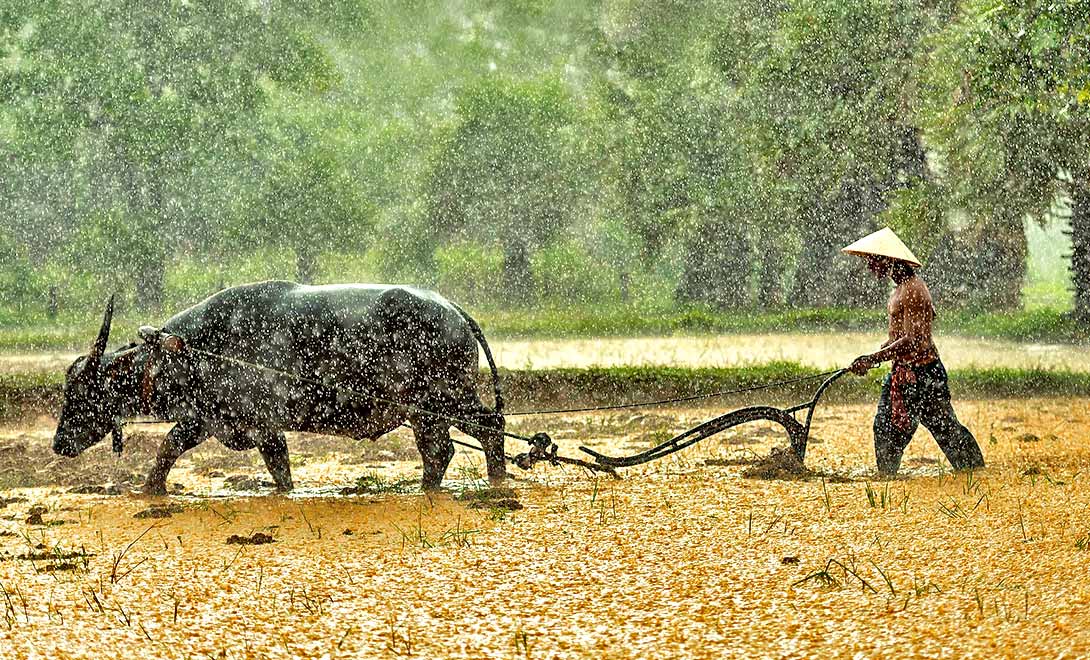
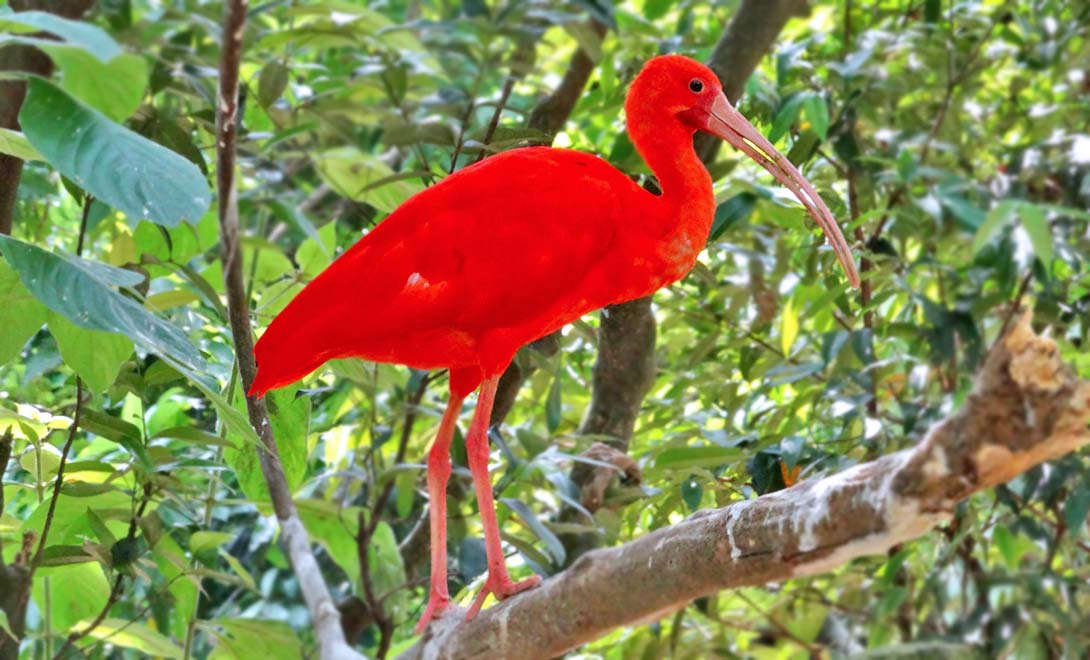
On 18thcentury Malaysia became subject to British Empire. The territories on peninsula Malaysia was united as Malayan Union In 1946, and was re structured as the federation of Malaysia in 1948. It achieved independence on 31st August 1957. It again united with North Borneo, Sarawak and Singapore on 16thSeptember, 1963 to become Malaysia. But in another two years later in 1965 Singapore was expelled from the federation.
As a country Malaysia’s health care system is highly developed and united nation’s development programme has named it as a model to other developing countries.
Mountain Kinabalu has the highest peak in Malaysia. The longest river (Rajang) in Sarawak is about 350 miles (563km) long, and is navigable by shallow draft boats for about 240km from its mouth. The other river which is in Sabah namely Kinabatangan is also navigable about 120 miles (190 km) from its mouth. Historically most settlements had taken place along these rivers.
The tropical circumstances and the extensive rain forests led to huge diversity of plants and animal species. Surveys condutedbu scientists identified that there are about 8000 species of flowering plants (which includes 2000 tree species.) 800 types of orchids, 200 types of palms. Also it has become a home to more than 200 species of mammals like tigers, elephants 600 types of different colourfulbirds varieties. 140 species of snakes, about 300 species of fresh water fishes and also the largest flower bearing plant rafflasia is also found in these rain forests.
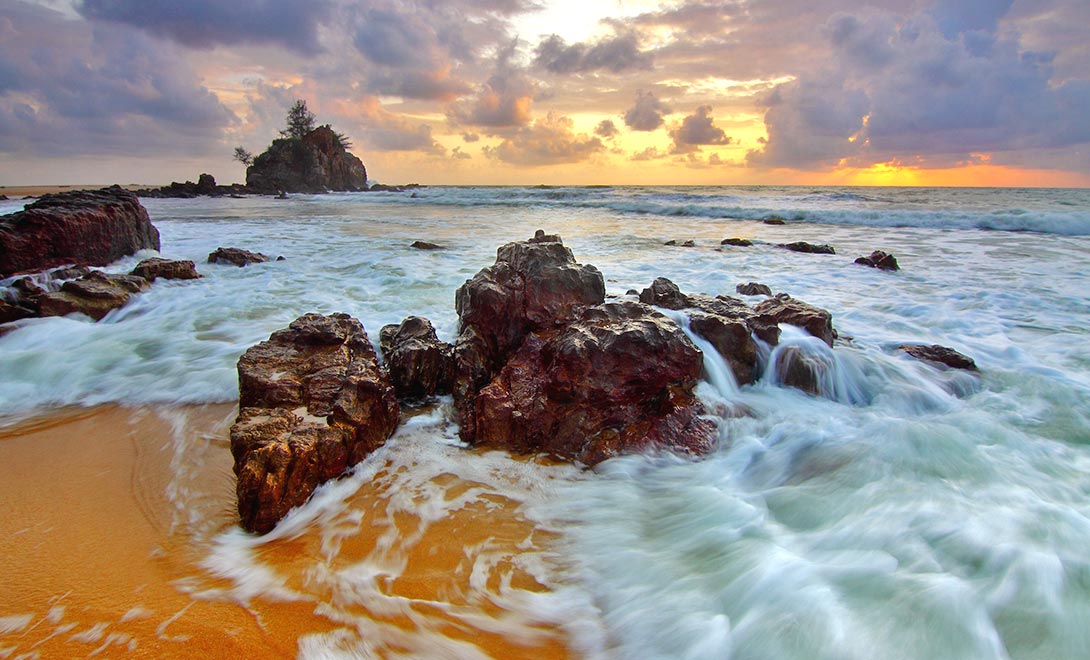
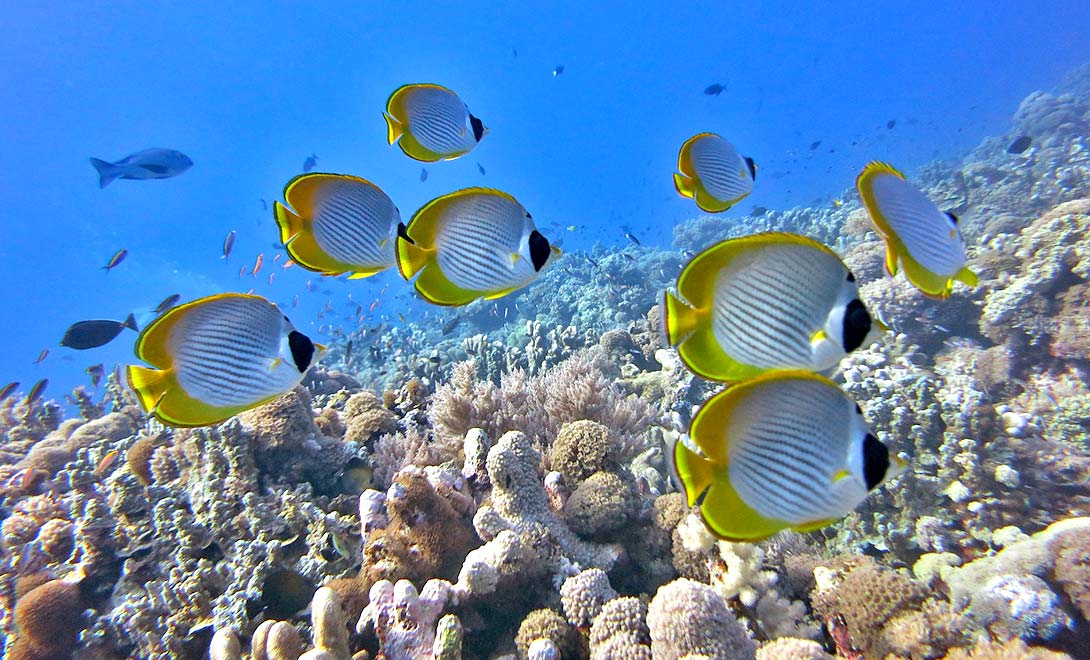

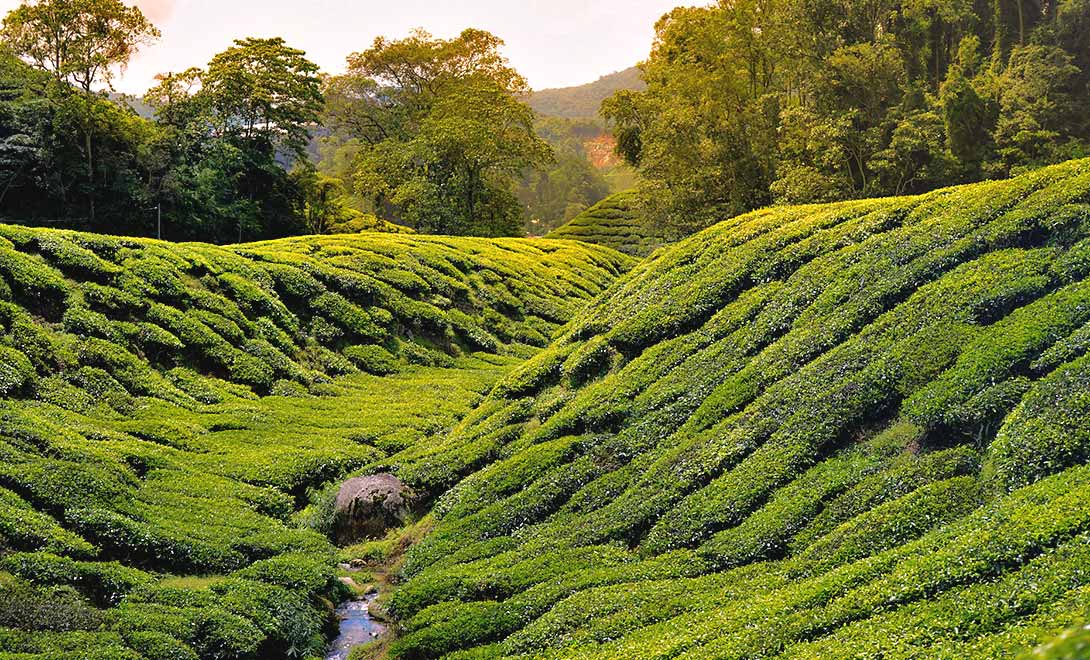
Large percentage of the economy of the country depends upon the commodities like rubber, palm oil, cocoa, pepper, rice, timber, and coconuts, natural resources like petroleum, copper, iron ore, Natural gas bauxite are the other products which help’s to boom the country’s economy.
When come to tourist industry, Malaysia clicks a very high ranking position in its economy index, and holds a key position among the other countries. The golden beaches and the tropical rain forests enhance the beauty of Malaysia. Millions of tourists visit the country every year, to see the grandeur of Malaysia, the colonial and Chinese architectural buildings, wooden houses, and designs and statues has helped to boom the tourist industry in Malaysia.
Apart from the above conditions some tourists visits the island to enjoy and see a wide range of wild animals along the banks of river Kinabatangan which runs through the state of Sabah in Borneo.
Emergency Numbers :
Police & Ambulance - 999
St.John's Ambulance - 03-9285-1576
Fire Department - 994
Accidents / Natural Disasters - 991
Weather :
March is the hottest month in Kuala Lumpur, Malaysia with an average temperature of 28°C (82°F) and the coldest is January at 27°C (81°F) with the most daily sunshine hours at 8 in September. The wettest month is November with an average of 290mm of rain.